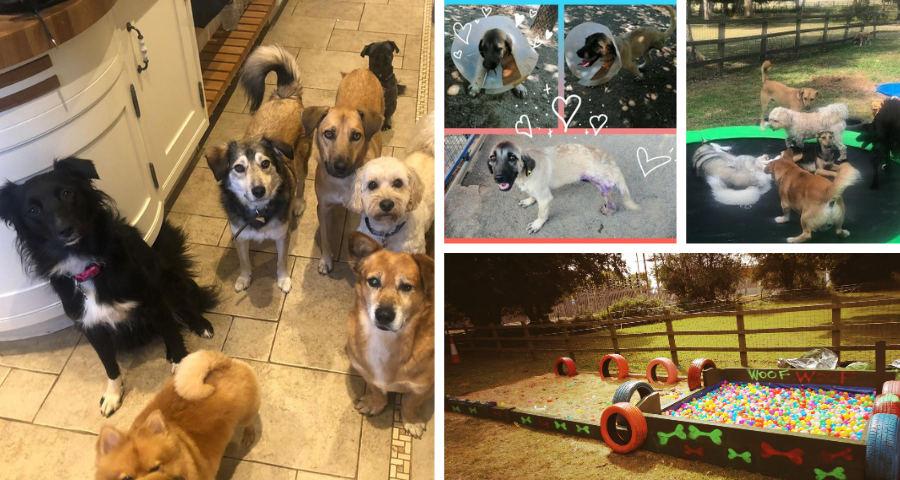In this week’s edition of FFF, I take a look in Part 1 at how the secondaries market is poised to seize the day and, in Part 2, how seizing the day from a personal perspective can deliver outsized returns….
Part 1: Will secondaries save the day?
For advisers and financiers to secondary finance transactions, the onset of the COVID-19 pandemic earlier this year and subsequent global lock-downs resulted in a virtual halt to all secondary investment activity and financing trades for most of Q2 and Q3. Whilst some secondary investments and financings did manage to close, these were either bespoke smaller transactions or larger trades which had been commercially agreed pre-COVID-19. Taken together, concerns around valuations, a widening of the gap between buyers’ and sellers’ pricing expectations, a general cautiousness in lending across some of the mainstream secondary financiers in the secondary financing community, and GPs taking the time to assess their portfolios and consider their liquidity options have rendered the past six months pretty quiet indeed for these types of transactions. But as we reach the end of Q3, are there signs that we are turning a corner and will Q4 be the record quarter the market is hoping for to unleash the pent-up demand for secondary transactions? Certainly, investor allocations to the secondary market and dry powder are at a record high, and commitments raised this year alone, at what has been a time of great economic uncertainty, show that secondaries remain a very attractive strategy for LPs. But where will the activity and opportunities lie and will financing continue to play a vital role in secondary fund activities?
Secondary managers are going into Q4 armed with more capital and more liquidity-generating technologies at their disposal than ever before. Secondary managers have assets under management 3x that of 2008. Long gone are the days when the secondaries market was reserved for distressed sellers selling at large discounts to NAV and now, in its place, we have a sophisticated market employed by investors and managers as a portfolio management tool which now offers not only liquidity solutions in respect of single LP positions and LP portfolios but a host of other financing and structuring options designed to create whole portfolio liquidity solutions for GPs and investors alike. GP-led solutions, which have increasingly become a core sub-set of secondary market activity, are designed to deal with exactly the situation we have now – GPs looking to hold assets for a longer period of time as exit timelines are pushed out and generate additional capital to manage these assets to achieve optimum returns, whilst at the same time offering investors a liquidity exit option if desired. In fact, we’ve seen a number of trades pitched as NAV trades over the summer that have now morphed into either pure subscription lines or hybrid facilities as a result of GP-led processes where the liquidity gap has been plugged by secondary capital, allowing for a cheaper facility to be put in place backed by the new secondary investor commitments. It will be interesting to see whether this will be a trend we continue to see in the market.
Having amassed record levels of capital, secondary managers are under increasing pressure to deploy that capital. The interesting dynamic as we work through this crisis (compared with other crises) is that there is a tonne of capital out there which secondary managers have to put to work, and whereas previously we might expect to see sellers struggling to sell assets, the capital in the system is likely to lead to a significantly more competitive environment which will drive activity both on the deal-making as well as financing front. Whilst there are clearly a number of portfolio company casualties as a result of COVID-19, a number of businesses have remained resilient and even thrived, and competition for those assets is likely to be very high.
Whilst Q2 marks are in some cases still being digested, it does not appear that there have been many material defaults in secondary financings brought about by declining valuations, which in large part is in line with what we would expect for the more traditional secondary financings backed by large diversified portfolios of interests. These deals have generally included reasonably conservative LTV levels such that asset valuations would need to decline considerably across the board for a default to occur and, obviously, the assets will likely be diverse across various industries and geographies, which should mitigate material valuation declines in respect of portfolio companies severely impacted by COVID-19.
However, one of the trends we saw increasingly pre-COVID-19, driven by the new technology and solutions available in the secondary market and an increased competition for secondary financings, was a move towards financing increasingly more concentrated secondary portfolios including single-asset restructurings. Clearly, the risk of default with these financings is considerably higher if that asset or strategy is materially adversely impacted by COVID-19. Moreover, LTVs were increasingly higher, reflecting greater competition within the secondaries market and, in part, a robust expectation as to near-term distributions to pay down debt quickly. Even if none of these financings do default, it is likely that lenders will take a much more cautious approach to transactions with such concentrated risk profiles in the future. Similarly, an inevitable slow-down in near-term distributions, driven by prolonged exit timelines, will very likely impact on the typical 4-5 year secondary financings put in place pre-COVID-19, which were nearing repayment.
On the LP side, notwithstanding intermittent reports of concerns as to investor liquidity issues throughout the COVID-19 period, we’ve seen virtually no instance of investors defaulting on their commitments into funds, nor have we seen any material increase in distressed LPs looking to sell their positions in the market as we saw in previous crises. Investors are in a significantly better position than they were at the time of the last crisis, in no small part due to the rapid rebound in the public markets and more flexibility with their allocation targets. So whilst there will undoubtedly be some LPs looking to the secondary market to generate liquidity and re-balance their portfolios, which will create opportunities for secondary players to access managers which might previously have been inaccessible, we’re unlikely to see this playing out into material discounts to NAV for a sustained period, which was a feature of post-GFC secondary investment activity.
Whilst an increase in activity is inevitable, the shape, size and pricing of transactions may not pan out in the same way we saw post-GFC – and where deep discounts to NAV aren’t available and traditional secondary financiers are more cautious lending against more concentrated portfolios, you can be sure that the secondaries market players will develop solutions and technologies to ensure the market continues to grow bigger and deeper. I expect that as part of this we will see an increase in volume in secondary investors offering preferred equity solutions and more secondary trades involving deferred consideration.
Part 2: I bought a farm…
Strange title you might think and, admittedly, Part Two of this article has nothing to do with the secondaries market – well, not directly, anyway – but it is about seizing opportunities to deliver returns – in this case, personal returns. Like many folks reading this, I’ve been so impressed to see how resilient our industry has been in the face of the myriad of micro and macro challenges presented by COVID-19, and there is an ever-increasing sense that many of the concerns around our products expressed prior to COVID-19 have been replaced by a positive recognition as to how invaluable fund finance products are, particularly in challenging times like these. Like many others in our industry, despite the fact that we and our clients have for the most part been working from home since March, our activity levels have in no way declined and, in fact, we’ve seen a material uptick in deal volume and activity. There have been many times over the past six months that I’ve reflected on how fortunate we are to be in a business that continues to grow and thrive in challenging market conditions. But the flip side to this is that it’s also hard, as I’m sure it is for many others, when you consider how successful we have been in creating this industry, not to feel like there is more each of us can do to create a positive social impact outside of fund finance.
Speaking personally, this is a dilemma that began to trouble me before COVID-19. Sure, I was making donations to various charities and knowing that those donations were making a small difference, but I couldn’t see how and it didn’t seem enough. I was introduced in 2019 to a small animal rescue charity based in Romania – Sadies Stray Dogs Rescue – run by a truly inspiring lady, Laura Myatt. Originally based in Hertfordshire, she had left her family and job behind to devote her entire life to rescuing as many stray and neglected animals as possible in Romania. Laura would post daily feeds of her team carrying out the grim task of rifling through the city’s bins searching for dumped animals, many of whom were starving and abused, with gaping wounds or missing limbs. It’s extremely hard to see those images and virtually impossible to unsee them once you have. And this starts at 4:30 a.m. every morning and finishes when it finishes, and sometimes for days it doesn’t. This charity relies solely on donations, and it's clear that every single penny makes a massive difference.
Sadies rescues neglected and injured animals, mostly dogs, of all ages with a view to re-homing them either in the UK or with trusted sanctuary partners in Europe. It became apparent to me very quickly that re-homing the young, cute puppies was pretty easy, but there were many, many dogs with behavioural problems or disabilities or were simply older, who were very likely to live out the rest of their lives in kennels and would never get to experience the simple pleasure of living in a home. One of the things that would make a huge difference here was for the rescue centre to have an area where the dogs could be safely socialised and have behavioural problems addressed. So, in early 2019, we expanded the rescue centre and built a socialisation area. This was not a substantial amount of money to invest but was clearly too much for the charity to justify spending out of its own funds. The area has been, and continues to be, a hugely successful tool in increasing the re-homing prospects of dogs with behavioural challenges.
Seeing the success of the socialisation area, such a relatively small investment on my part radically changed my perception of the difference that could be made by one individual and triggered two questions: wouldn't it be possible to build a sanctuary in the UK for dogs who were difficult to re-home for whatever reason on a kennel-free basis where the dogs had time in a home and were able to experience the simple pleasure of being someone’s pet? And, if this small investment had made such a big difference, imagine with our experience of raising and deploying capital across the private markets in the fund finance industry if we applied that to a fund focussed on investing in smaller charities – charities that operate under the radar and for whom a relatively small investment is life-changing. And the parallel with private equity is obvious – invest in those assets where you can make the biggest difference for the biggest returns, except here the returns wouldn’t be monetary. Better than that, every penny invested would make a dramatic positive social impact. Clearly, social impact investing is not a new idea, but the idea of advisors, bankers and funds in one industry coming together is pretty powerful.
In addition to the investment in Sadies, I’ve also now teamed with another incredible charity, Animal Friends of Turkey, who have the same strategy as Sadies. We’re building a half-way house foster home which can accommodate up to an additional 30 dogs. Currently, all foster places are full at the charity, and this will give a much-needed boost to the team there to allow them to take in more injured and neglected animals. The social impact fund is in its early genesis, and I would welcome anyone in our industry who is interested in the idea to get in touch. However, the UK sanctuary, on the other hand, is well on its way! A year ago to the day, I bought a farm (not a zoo, which would have been a much more convenient and catchy article title) with enough land to be able to build a sanctuary. Notwithstanding that Blakemore Farm is literally in the middle of nowhere, the process for converting the usage of land is a long drawn-out process, and the actual sanctuary building and obtaining of requisite approvals will probably take at least another year to complete. However, the house and outside space were sufficiently spacious that the dogs could begin to arrive from last September. We were also able to build a half acre safe play area (pictures below) including a ball pit, tyre mountains, sand pit and agility equipment. We’re now up to 11 dogs (with another tripaw arriving in October and, as a result of a phone call this morning, potentially another older dog with a few behavioural problems). Are there times I’ve thought, What the hell am I doing? Absolutely, particularly when I’m trying to get down the stairs and into the kitchen at 6 a.m. every morning without falling over a dog in order to feed 11 hungry mouths. But the rewards are immense. Here are a few of the Blakemore Farm residents:
Puppa and India
Puppa and India were found together on the streets of Romania having remained side by side for weeks in the snow. India was around five months and Puppa around 10 years old. One of Puppa’s eyes was missing – how, we don’t know – and he was virtually blind in the other eye. After being rescued, India became very ill with parvo and Puppa was diagnosed with heartworm. Despite Puppa’s disabilities, he was clearly India’s confidence, and India was Puppa’s eyes. Given their very different breeds and needs, the chances of them being rehomed together was nigh impossible. So Blakemore Farm stepped in …
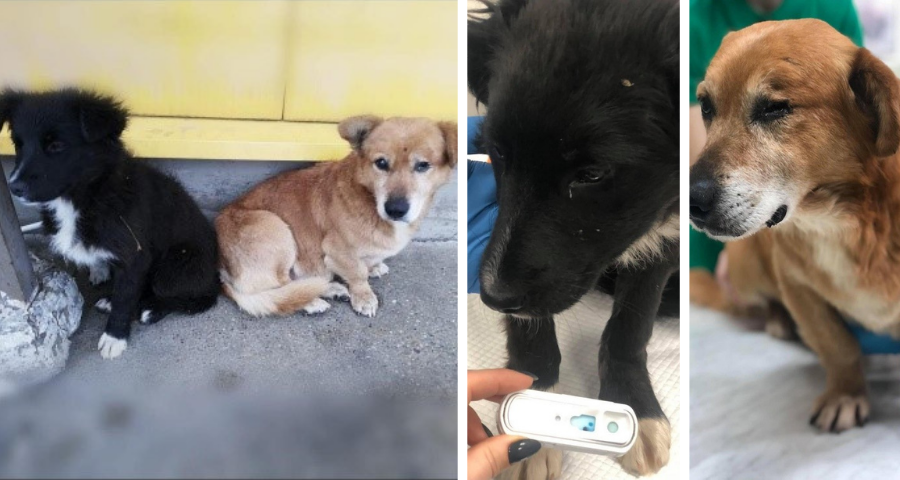
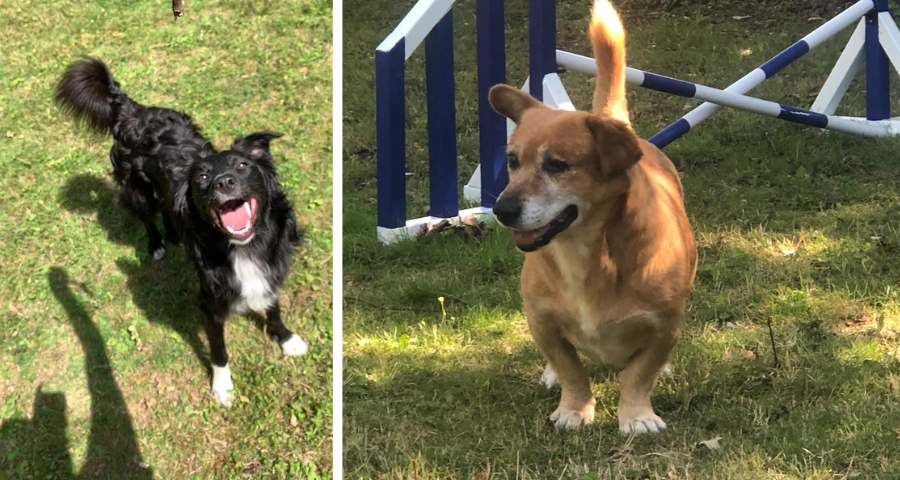
Millie and Rocky
Millie and Rocky arrived at the farm within a month of each other last October. Millie was in very bad shape, needing a hip operation, and Rocky was missing a back leg. Rocky had been found with his sister, who was adopted very quickly, but due to Rocky’s disability, he was left behind and began deteriorating. Given their limited adoption prospects, Blakemore Farm took them both, and they have thrived in their new home. Rocky is by far the fastest dog in the house – frankly, he seems to fly through the air rather than run and loves nothing better than charging around the gardens with Millie.
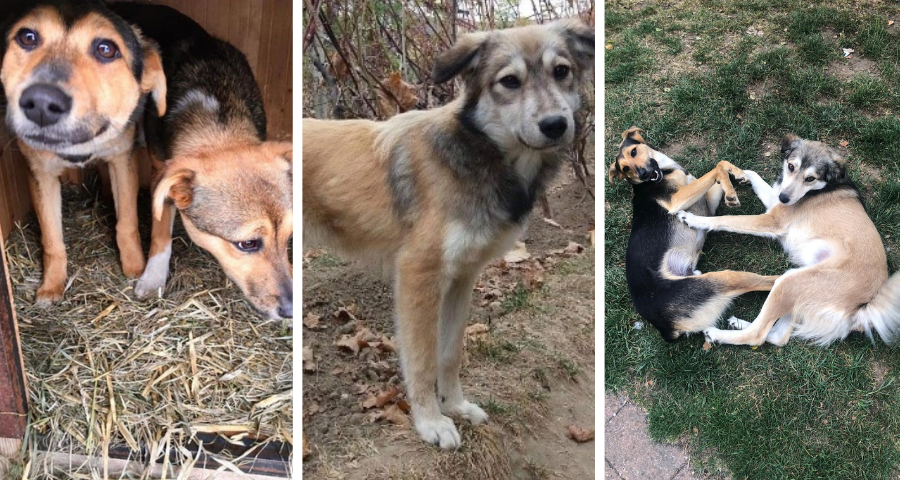
Bennie – the one no-one wanted
Bennie was the first to arrive at Blakemore from Animal Friends of Turkey and, unbelievably, in nine months, hadn’t received a single application. He had no disabilities, no behavioural problems, but perhaps he just didn’t stand out enough from the crowd. He packed his bags, arrived at Blakemore and it's pretty hard not to notice him now.
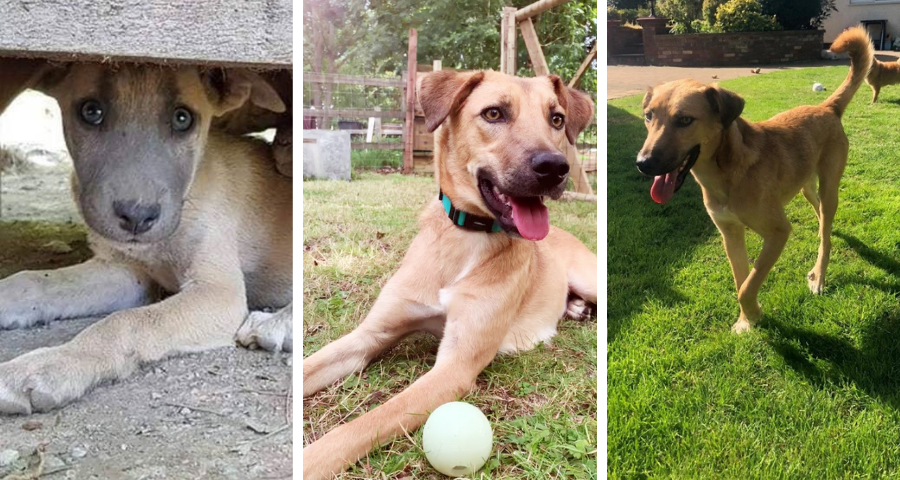
And a few gratuitous photos of the gang and their play area and Warrior, who will be arriving in October, our second tripaw….
